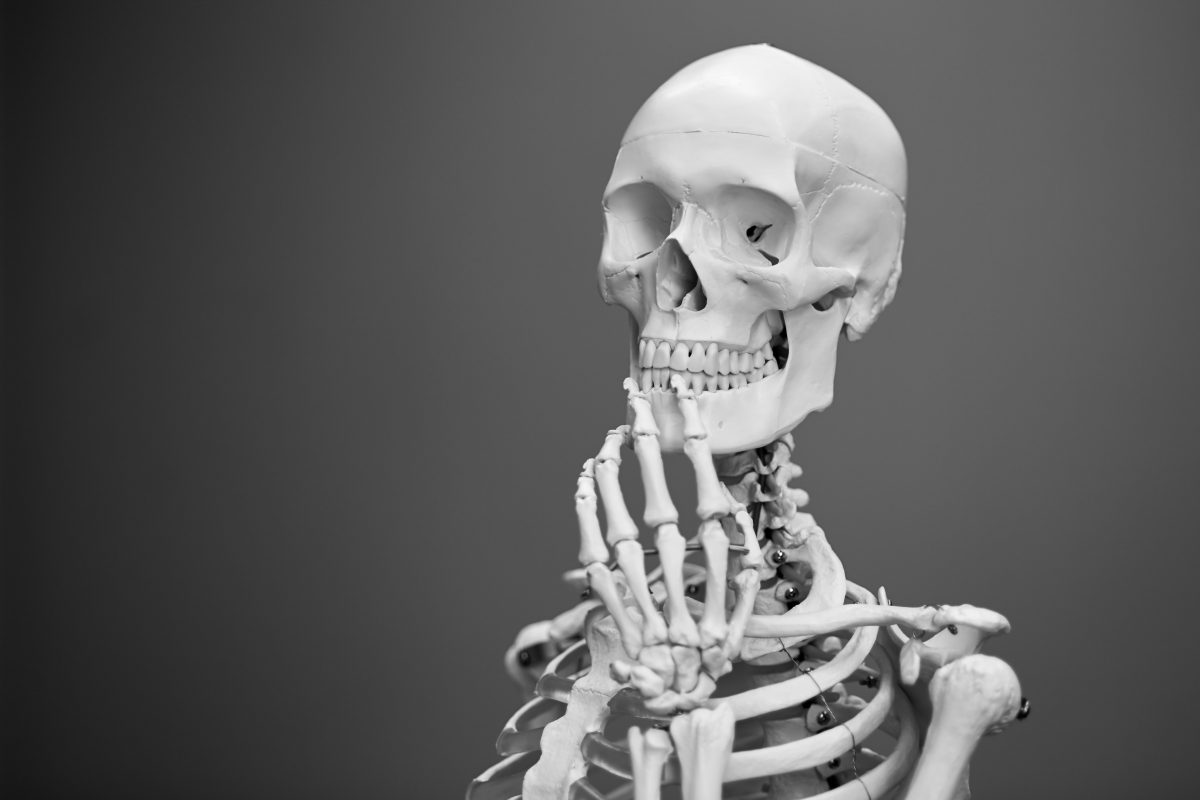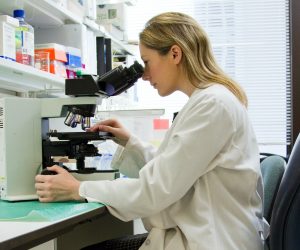
Researchers Develop New Method to Regenerate Bone and Heal Severe Fractures
Lund University via News-Medical Net – Researchers at Lund University in Sweden, in collaboration with colleagues in Dresden, Germany, have developed a way of combining a bone substitute and drugs to regenerate bone and heal severe fractures in the thigh or shin bone. The study, published in the research journal Science Advances, was conducted on rats, but the researchers think that the method in various combinations will soon be commonplace in clinical settings.
“The drugs and materials we used in the study for the regeneration of bone are already approved. We simply packaged them in a new combination. Therefore, there are no real obstacles to already using the method in clinical studies for certain major bone defects that are difficult to resolve in patients. But we want to introduce the technique in a controlled form via clinical studies and have recently been granted ethical approval.” (Deepak Raina, Study Lead Author, Orthopedics Researcher, Lund University)
Bones in the human body have a fantastic ability to repair injury, but some defects are so large or complicated that the healing process is delayed or absent. This may be due to the bone having been subjected to a major trauma in connection with a traffic accident for example, or a tumor or infection causing a major bone defect. These cases are currently treated through bone transplantation, usually with bone taken from the patient’s own pelvis.
“In cases involving severe open fractures in the lower leg, over 5 per cent of all fractures fail to heal. With our method, we will be able to avoid taking bone from the pelvis, which is a major gain for the patient.”
There is a need for new solutions and several research teams, both in Europe and in the USA, are working on improving the bone healing process. So far, the injectable cocktail successfully mixed by the Swedish and German researchers consists of three different components: an artificial ceramic material developed in Lund, a bioactive bone protein (rhBMP-2) and a drug, bisphosphonate, that combats bone resorption.
“The bone protein we use has had negative effects in previous studies due to a secondary premature bone resorption, among other things.We have successfully mitigated this effect with the bisphosphonate and, by packaging the drug in a slowly resorbing bone substitute, we can control the speed of release. In the current study with the combination, we achieved a six-fold reduction in the amount of protein compared to previous efforts, while still inducing bone formation. The result was that even fractures with an extensive bone defect could heal without complications. We believe this finding will be of great clinical use in the future”, says Deepak Raina.
To read the original article click here.






